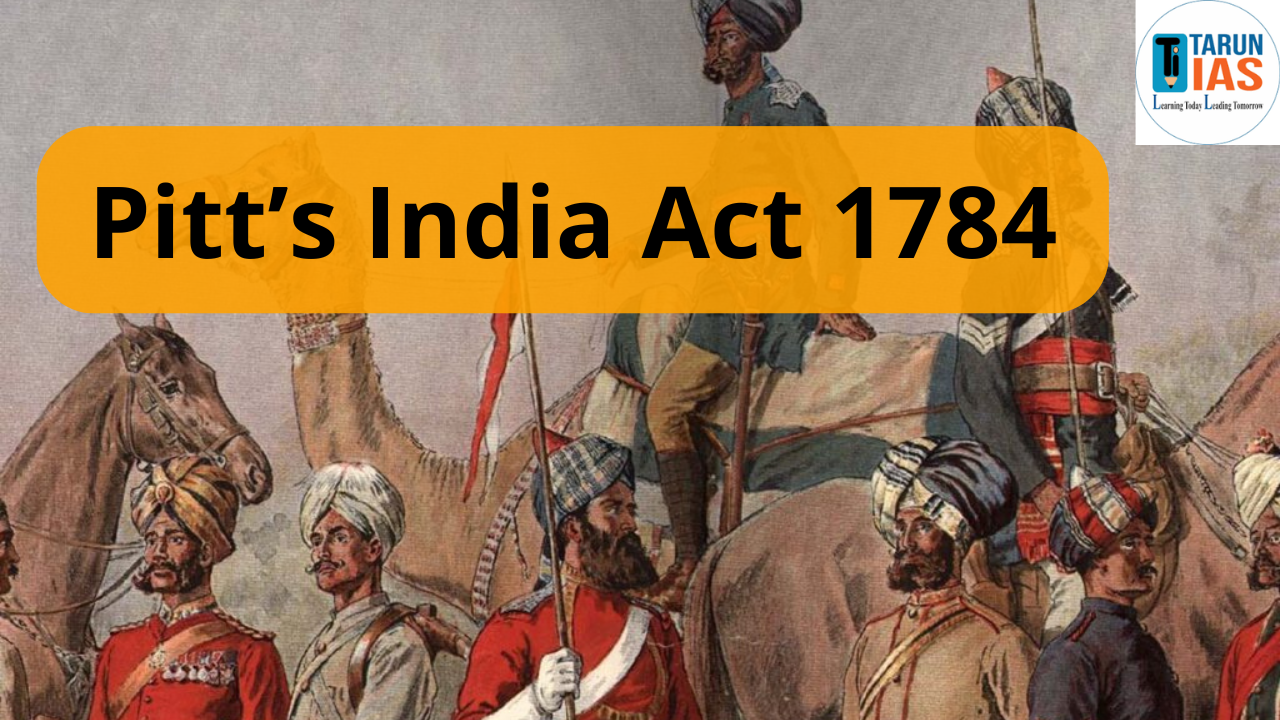The British East India Company came to India in the early 1600s to do business.
But slowly, the British East India Company became more involved in Indian politics. In 1765, the big turning point came. The Company got the Diwani rights (right to collect revenue) in Bengal, Bihar, and Orissa from the Mughal emperor after the Treaty of Allahabad.
This meant that the British East India Company now had huge responsibilities not just for business but also for running a large part of India.However, the British East India Company was not able to manage this properly.
There was corruption, mismanagement, and the officials were more interested in making personal profits. The Dual Government system introduced by Lord Clive also failed. In this system, Indian rulers managed administration while the Company collected taxes. This led to confusion and inefficiency.
In 1770, a great famine in Bengal killed over 10 million people. People started questioning the Company’s rule. In England too, there was anger as the Company asked for a huge loan of £1 million in 1772. The British government felt that they had to step in and control the Company’s actions. This led to the first law, the Regulating Act of 1773.

Regulating Act 1773
It was the first time the British Parliament tried to regulate the deal of the East India Company in India. The aim was so clear to improve administration, reduce corruption, and bring the Company under some control.
Regulating Act Key Provisions
The Act made the following important changes:
- The first person to hold this post was Warren Hastings the Governor-General of Bengal. The Governor of Bengal was now made the Governor-General of Bengal.
- A Council of four members was created to assist the Governor-General. Decisions were made by majority vote.
- The Governors of Bombay and Madras had to follow the instructions of the Governor-General. This helped to centralize power.
- A Supreme Court was established in Calcutta (1774) with Sir Elijah Impey as its first Chief Justice.
- Company officials were not allowed to engage in private trade or take bribes.
- The Court of Directors in London had to report the Company’s revenue and military affairs to the British government.
Regulating Act Problems and Drawbacks
This Act was a good start, it had started many problems:
- The Governor-General did not have final authority. Since decisions were based on majority voting, he could be overruled.
- The Supreme Court’s powers were not clear, and this led to conflicts with the Governor-General’s Council.
- It was difficult to enforce laws properly because communication between India and Britain took a long time.
- Despite these issues, the Act was the beginning of centralized British administration in India. It gave more control to the British government over the East India Company, though not complete control.
Pitt’s India Act 1784 Need
Pitt’s India Act 1784 is also known as the East India Company Act 1784.
It is called Pitt’s India Act because it was introduced by British Prime Minister William Pitt the Younger to correct the defects of the earlier Regulating Act of 1773.

The problems faced after the Regulating Act .
- they made it clear that more reforms were needed. There was still confusion about who had real power . The Company or the British government. Also, the Company was still handling both business and political activities, which led to conflict of interest.
- To fix these issues, the British Parliament passed a new law in 1784, known as the Pitt’s India Act. It was named after William Pitt the Younger, the then Prime Minister of Britain.
Pitt’s India Act 1784 Features
The Regulating Act of 1773 marked the beginning of British parliamentary control over the East India Company; it soon proved few in stopping the Company’s mismanagement. To address these lacking and tighten political control, the British government introduced a more bold measure.
-
-
Separation of Political and Commercial Functions:
- The Court of Directors continued to look after trade and business matters.
- A new body called the Board of Control was set up by the British government to handle political affairs and governance in India.
-
More Control Over the Company:
- The British government, through the Board of Control, now had direct authority to issue orders related to Indian governance.
- It gave the government the right to check and guide the Company’s activities.
-
Changes in the Governor-General’s Council:
- The number of members in the Governor-General’s Council was reduced from four to three.This was done to make decision-making faster and easier.
-
-
Presidency Subordination:
-
-
- The Governors of Madras and Bombay had to follow the orders of the Governor-General of Bengal in all matters, not just in certain cases.
- This helped in making India’s administration more unified and centralised.
-
-
British Possessions:
-
-
- For the first time, Indian territories under Company rule were called British possessions in India. This clearly showed that Britain was now taking full responsibility for governing India.
-
-
Act of 1786:
-
- Another related law passed in 1786 gave the Governor-General the power to override the Council if needed. He also became the Commander-in-Chief of the armed forces in India. This helped in stronger and quicker decision-making.
Pitt’s India Act 1784 Analysis
The Act brought the concept of Double Government. While the Court of Directors continued managing economic matters, the Board of Control handled political decisions. This arrangement gave more power to the British Crown without fully ending the Company’s role.
- The Act improved the centralised structure of governance. Now, all presidencies had to follow a common direction under the Governor-General.
- This was important for unity in such a large country. However, there were still some problems: The division of power between the Board of Control and the Court of Directors sometimes led to confusion and delays.
- There was no clear accountability, and Governors-General often acted independently, especially when communication with Britain was slow. Still, this Act was a big step forward in making the British system stronger and more organised in India.
Pitt’s India Act of 1784 Impact and legacy
Pitt’s India Act introduced double government, where the British Board of Control directed political matters while the company managed economic
The Regulating Act of 1773 and the Pitt’s India Act of 1784 had a huge impact on the way India was governed:
-
-
British Administration Start :
- These laws were the first steps in turning Company rule into a proper colonial administration under British law.
-
-
Political:
-
-
- The Acts helped the British Parliament to slowly take over political control from the Company.
- By the time of the Revolt of 1857, the Company had almost no independent authority.
-
-
1858 Act Ground :
-
-
- After the revolt, the Government of India Act 1858 ended Company rule completely. India came directly under the British Crown.
- The Regulating Act and Pitt’s India Act laid the foundation for this major change.
-
-
Administration:
-
-
- Earlier, Bombay, Madras, and Bengal were like three separate areas with their own powers. These Acts helped bring them together under one head .
- The Governor-General of Bengal.
-
-
Economic Exploitation:
-
-
- Although the British government took political control, the aim of economic profit remained. The Indian economy continued to be used for Britain’s benefit.
-
-
Administrative Reforms:
-
- These laws introduced more structure, hierarchy, and systems of checks and balances in governance. These systems were later improved upon in future Acts.
Conclusion
These Acts did more than just solve short-term problems .They changed the nature of British involvement in India. The Regulating Act of 1773 and Pitt’s India Act of 1784 is essential. What started as a trade relationship slowly turned into political domination.
The Regulating Act tried to fix the problems of Company misrule but didn’t go far enough. Pitt’s India Act fixed those mistakes and brought in a more powerful and centralised system of governance. Together, they laid the path for British rule that lasted till 1947.















